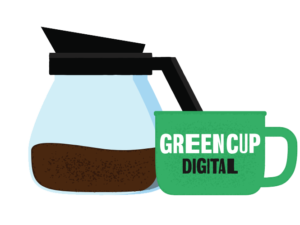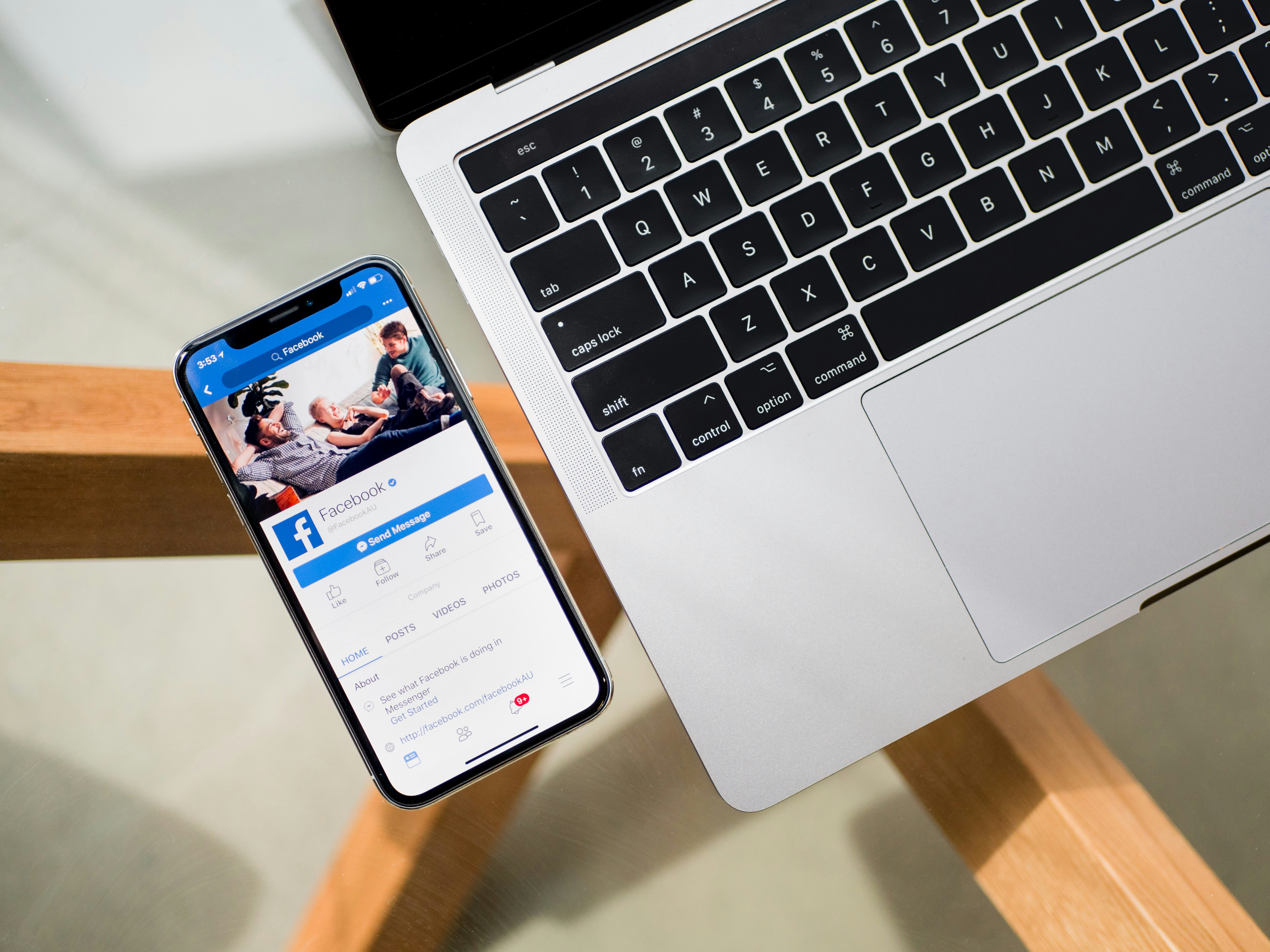Do you know who your ideal customer is?
Before you say, “I serve anyone and everyone!”… REALLY think about your answer.
Finding and Reaching your Target Customer
Having a clear concept of who your customer is will impact every part of your marketing and sales process. Attempting to serve everyone in your business will end up attracting the wrong people, and the result will be that you serve NO ONE rather than everyone.
In other words, all of your efforts will be a waste of your time.
Did that get your attention? Good! Let’s dig into figuring out who you serve and how the heck you can market your product to them.
Once you’ve created and perfected your product and service, the work does not end there.
Educated guesses on who could benefit from your product or services aren’t good enough anymore. And they don’t have to be – when marketing your business online, you have endless options to define your perfect buyer persona where you will hit the mark every time!
What is a buyer persona?
Also referred to as sales personas or customer avatars, this is a representation of your ideal customer. Your “ideal” persona is the person who could use and benefit from your product or service the most. You want to sell this person; they are loyal, repeat buying, satisfied, referral machines.
There are no assumptions; your buyer persona focuses on one person and outlines everything about them.
Why do you need a buyer persona?
One of the biggest errors businesses make is trying to appeal to everyone. Broad targeting is tempting, but it’s a rookie mistake. Brands that try to speak everyone’s language will end up not connecting with anyone. To make things worse, they end up wasting valuable advertising dollars and time.
For example, if you are trying to sell a weight loss program to postpartum mothers, why would you market to a 19-year-old man who loves playing Minecraft?
Think about it…if you’re broadly targeting everyone in a city, for example, the 19-year-old may see your message on Instagram…scroll right past it….and there goes that advertising dollar you’ll never see again!
The better you know your customer, the more people you’ll connect with, and the more sales you’ll make.
Plain and simple.
How to Create a Buyer Persona
Now that you know how valuable it is to create a buyer persona, it’s time to get started!
The first thing you should do is to nail down what problem you solve. What specific problem are you trying to solve for your customer?
What are their goals? And how can your service help them reach these goals? For example, is your customer trying to get healthy, lose weight, lower cholesterol?
In our example above, Freshly, the meal service company is committed to providing people looking to get healthy with fully prepared, nutritious meals. Their service helps people reach their goal of better nutrition by making it easy to eat healthfully through the convenience of fully prepared, delivered meals.
Now that you have dug into the problem your buyer faces and the solution you provide let’s create the persona you can focus on in your marketing from now on. To do this, think about the key demographics and psychographics of this person.
Start by naming your persona. This seems weird, but it makes them “real” when you begin creating your message. Fill in things such as:
- Gender
- Age
- Interests and hobbies
- Occupation
- Where they live
- Average income
- Level of education
In our Freshly example, our persona is a 38-year old woman named Rachel, with two children living in Grand Rapids, Michigan. She works part-time as an Administrative Assistant and is a busy wife and mom. She struggles to find time to take care of herself, so she’s gained weight over the past few years. She’s looking to focus on her health and lose weight in the process.
Next, you will want to focus on where Rachel gets her information. What books or magazines does she read? Does she visit any blogs online? Who does she look up to?
In our example, Rachel:
Reads books such as The Whole30: The 30-Day Guide to Total Health and Food Freedom, Mindless Eating: Why We Eat More Than We Think, and magazines like Healthy Living, Cooking Light. She browses Facebook, Skinnytaste, and enjoys scrolling through Pinterest for healthy recipes.
Knowing this information will help you when you go to target your message to the right people.
Note: If you already have people who have bought from you, it can help to survey them to get information. This data can help pinpoint who is the most likely to interact with your message in the future. If possible, find out how and where your current customers found you. That way, you can go back to those same places to find NEW customers!
Identify Challenges and Pain Points
Now that you’ve dug deep into who your “one” buyer is, it’s time to bullet point a few challenges and pain points your buyer experiences.
For example, Rachel struggles with:
- Finding time for herself
- Cooking food the whole family likes
- Keeping up with daily commitments and having enough time to prepare healthy food
Her pain points include:
- Fear of “letting herself go”
- Spending too much money on fast food
- Self-confidence
When you define challenges and pain points, your content writes itself. Again, surveying your existing customers or focus group will help you develop the language your customer uses. If you speak in their terms, your message will sell itself!
Define and Overcome Objections
The thing you do not want to miss is identifying purchase objections. You want to be prepared with an answer when your prospect hesitates to buy your product or service.
The important thing is why your ideal customer would want or not want to work with you at this point.
Most of the time, the roadblock is the price, but not always. In the price example, establishing payment plans or a discount structure may help the sales process. In our Freshly example, they offer $30 off your first two orders. This special offer allows their potential customers a chance to try them at a reduced price.
It’s Your Turn to Create a Buyer Persona
Creating a buyer persona is a fundamental building block of your marketing strategy. It creates a foundation for everyone in your business to understand what kind of customer you are trying to attract. It also saves time and money in the content creation and promotion process.
Marketing campaigns that know who exactly they are trying to attract ultimately produce a higher ROI and require less money and time.
What about you? Are you ready to define your buyer persona? Contact the team at GreenCup Digital to help you strategize how to reach your buyer persona this year.
Your first consultation is on us! Click here to get started.




